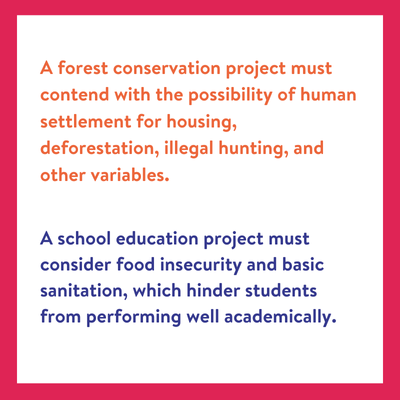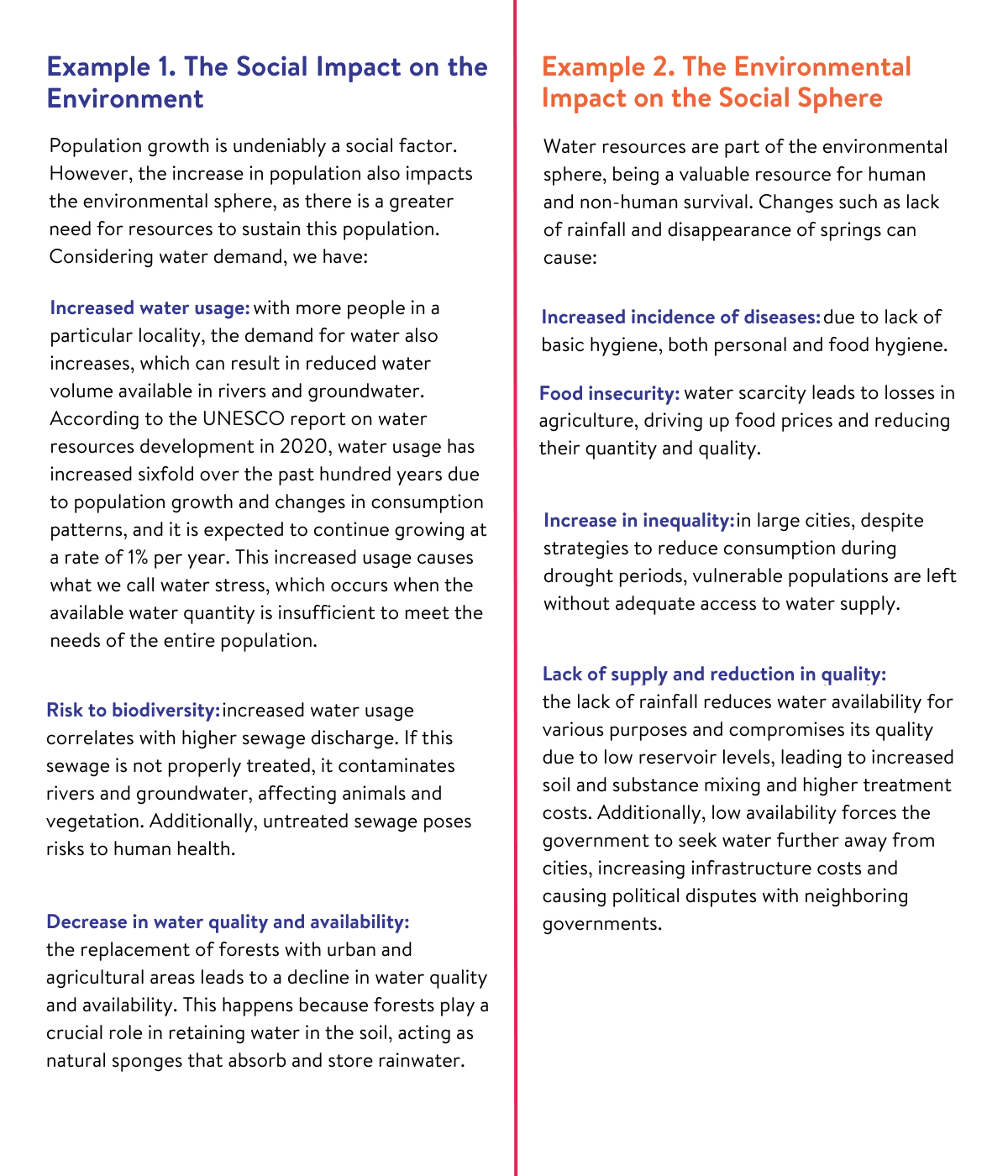The pursuit of sustainability has become a fundamental goal for organizations, considering its value to society and the preservation of natural resources and the environment, as well as its benefits for organizational development and growth. This pursuit encompasses the economic, social and environmental spheres, which, although often addressed separately, are highly interconnected.
The current trend towards adopting sustainable practices is further driven by the urgency of climate change. According to the Sixth Assessment Report of the Intergovernmental Panel on Climate Change (IPCC), climate change is undeniably caused by unsustainable energy use, land use changes, unequal consumption and production patterns, and lifestyles, resulting in high greenhouse gas emissions. These changes have already caused a 1.1ºC increase in the planet’s average surface temperature compared to pre-industrial levels. Their impacts range from human health and well-being to biodiversity and ecosystems.
But how do the environmental and social spheres intersect?
In general, it’s true that all economic activities have some environmental and social impact. With the evolution of corporate sustainability, now incorporated into the ESG (Environmental, Social, and Governance) agenda, organizations seek to mitigate their impacts within the social and environmental spheres through initiatives ranging from diversifying product and supplier portfolios to engaging stakeholders and implementing private social investment (PSI) actions. The complexity of the correlation between the social and environmental spheres necessitates equally complex initiatives.
While the environment is commonly understood as the natural world elements (water, air, soil, plant and animal biodiversity), its concept is broader. It typically includes not only these natural elements but also the relationships between people and their living environment, considering political, economic, cultural, and health aspects. Thus, addressing environmental initiatives inherently involves an integrated approach that also considers the social dimension.
Changes in the social sphere often correlate with environmental impacts at various levels, and vice versa. Among the various possible impacts and correlations, the following example focuses on water-related impacts, specifically alterations in water resources:
 ent through this example. But could an environmental project operate, even in a remote location, without direct interactions with society? Initially, it may seem possible; however, considering the systemic impacts of the environment — namely, the natural environment and its relationships with society — it becomes clear that the interdependence of these concepts is inherent. The same applies to social projects; it is necessary to consider environmental factors.
ent through this example. But could an environmental project operate, even in a remote location, without direct interactions with society? Initially, it may seem possible; however, considering the systemic impacts of the environment — namely, the natural environment and its relationships with society — it becomes clear that the interdependence of these concepts is inherent. The same applies to social projects; it is necessary to consider environmental factors.


